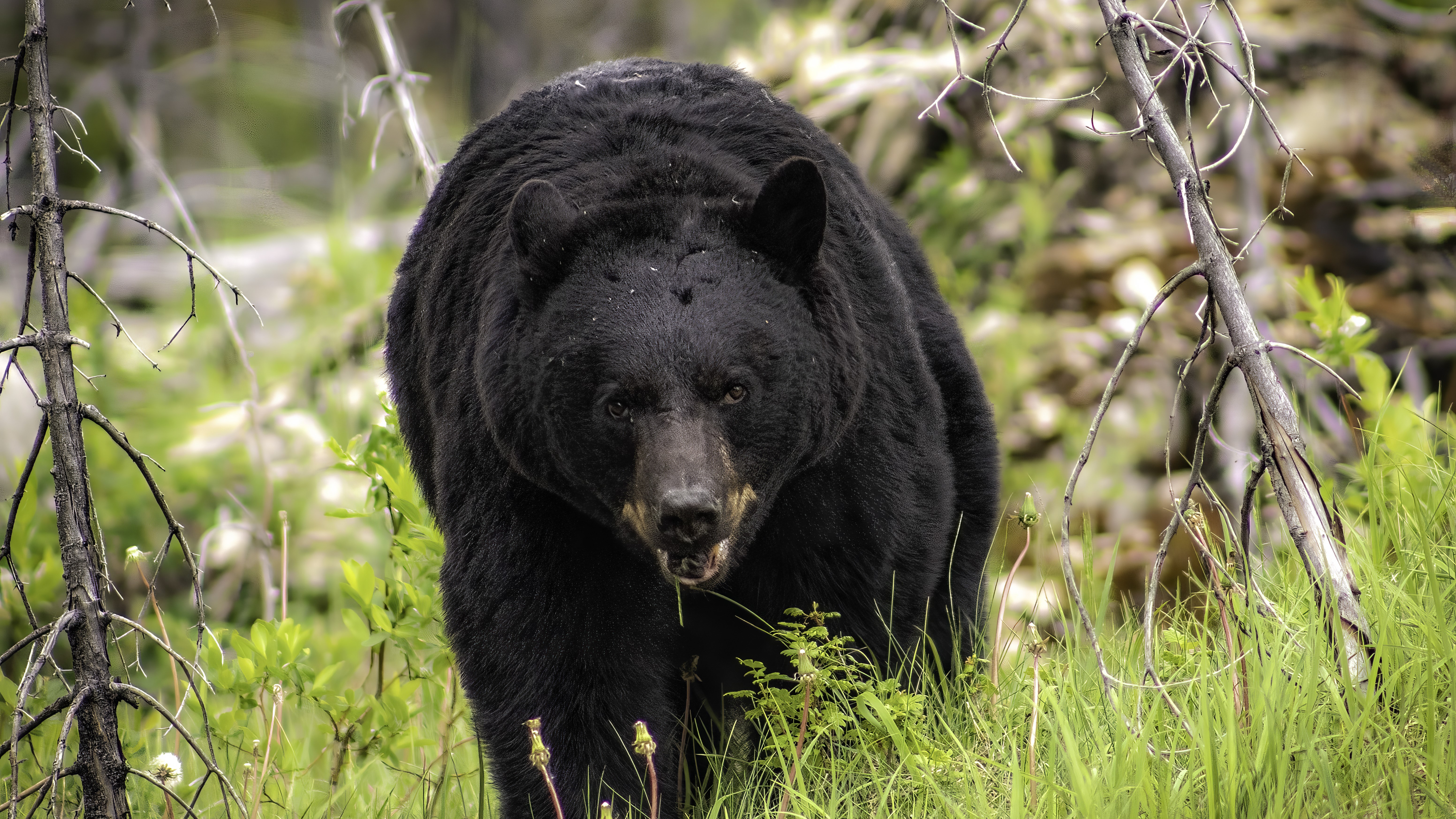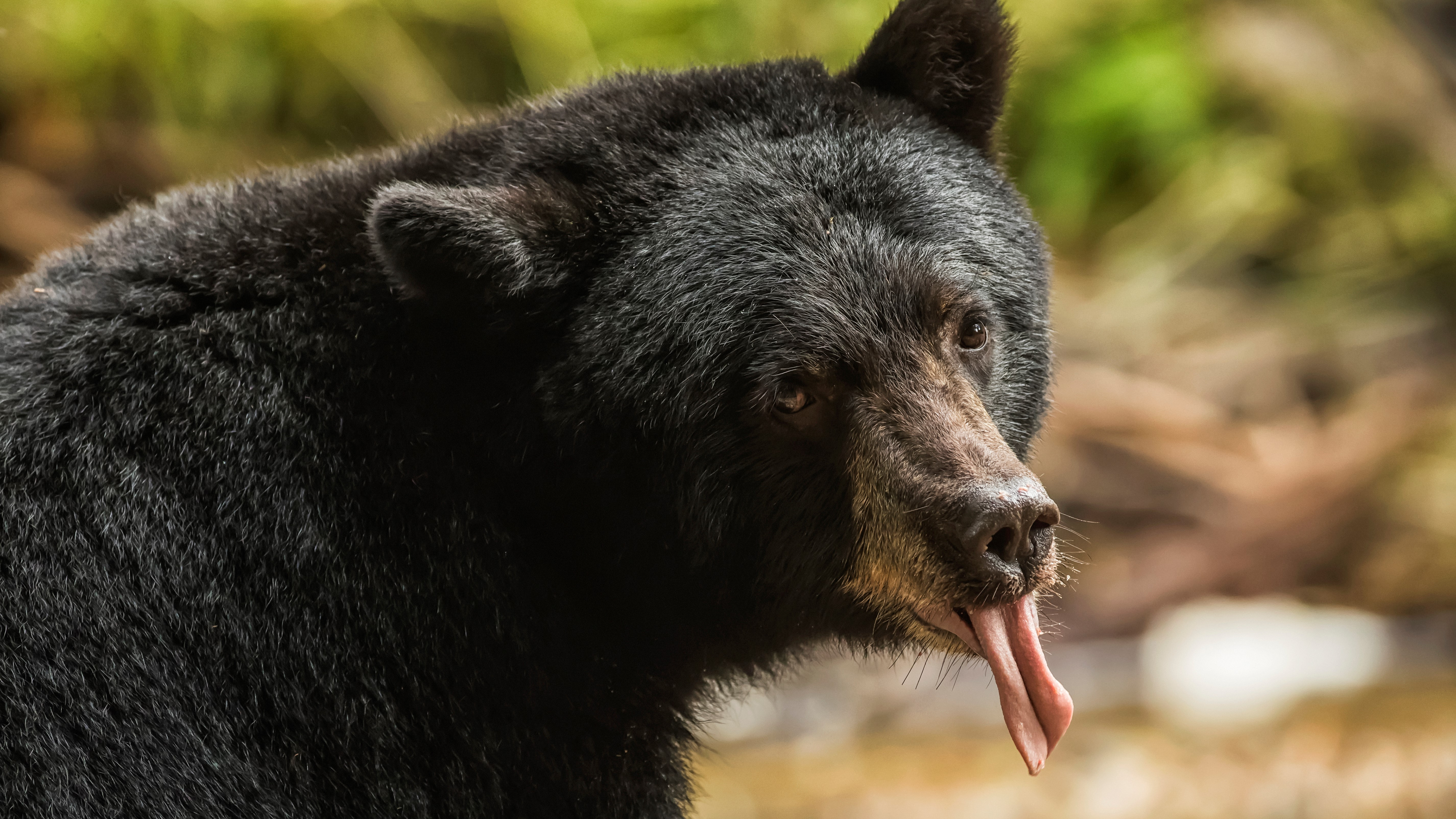Colorado human-bear conflicts plummeted in 2023 – but this video proves you can meet one in any season
Officials credit good food and bear awareness with the reduction in conflicts

Over 3,500 human-bear conflicts in one state in a single year might sound like a lot to you, especially if you live in a state without bears, but in Colorado, that's considered a vast improvement.
According to a press release, Colorado Parks and Wildlife received 3,526 reports of bear interactions in 2023, a 21 percent decrease from the average number of reports received in the preceding four years. Of these interactions, 33 bears were relocated, and 63 euthanized. The report comes with an interactive video, which you can watch below, which reveals that contrary to common belief, bears do not strictly hibernate in winter and can be active in any month of year, meaning that all Colorado hikers should be prepared to meet a bear in any season.
Officials credit both "nature and human behavior" for the drop, citing funding for local outreach programs to improve bear awareness, as well adequate rainfall in 2023 which produced substantial food for bears. When food is scarce due to drought or late freeze, bears tend to move into residential areas to forage, and interactions increase – these conditions led to nearly 5,000 bear interactions in 2020.
“Collaboration with local communities is vital to successfully reducing human-bear conflicts and CPW cannot do it alone,” says CPW Grant Manager Travis Long.
“Without individuals and communities taking some action and following proper guidelines on living with bears, the number of conflicts will not go down."

Of the reports received last year, 1,795 resulted in property damage. In over half of those cases, the bear was attracted to the area by trash, while livestock, chickens, beehives, bird seed, pet food, barbeque grills, camping coolers and refrigerators were all also identified as common attractants. It's vital to secure your food and trash properly in bear country and keep your campsite clean, cooking and storing food away from your tent.
Officials urge the public to report bear activity to help them with wildlife management. The press release states that they believe public reluctance stems from a belief it will lead to the bear being put down, but states that this occurs in less than two percent of cases and wildlife officers nearly always get involved early enough to prevent the need to euthanize a bear.
Advnture Newsletter
All the latest inspiration, tips and guides to help you plan your next Advnture!
Watch: 2023 bear activity across Colorado
When will bears start waking up for spring?
There are an estimated 17,000 to 20,000 black bears in Colorado. Bears don’t go into hibernation for the cold months, strictly sleeping; however, they do spend a large chunk of the season sleeping, as food tends to be scarce in winter, particularly in snowy locations like the Rocky Mountains.
Consequently, bears power down their metabolism and rest to survive the winter. If food does make itself available, however, or if they feel threatened during this time, a bear will wake up for a snack or a spot of self-defense before going back to bed. Colorado’s black bears usually start coming out of torpor in the middle of March, but it's always important to carry bear spray and a bear horn any time you're hiking in Colorado.
Julia Clarke is a staff writer for Advnture.com and the author of the book Restorative Yoga for Beginners. She loves to explore mountains on foot, bike, skis and belay and then recover on the the yoga mat. Julia graduated with a degree in journalism in 2004 and spent eight years working as a radio presenter in Kansas City, Vermont, Boston and New York City before discovering the joys of the Rocky Mountains. She then detoured west to Colorado and enjoyed 11 years teaching yoga in Vail before returning to her hometown of Glasgow, Scotland in 2020 to focus on family and writing.

